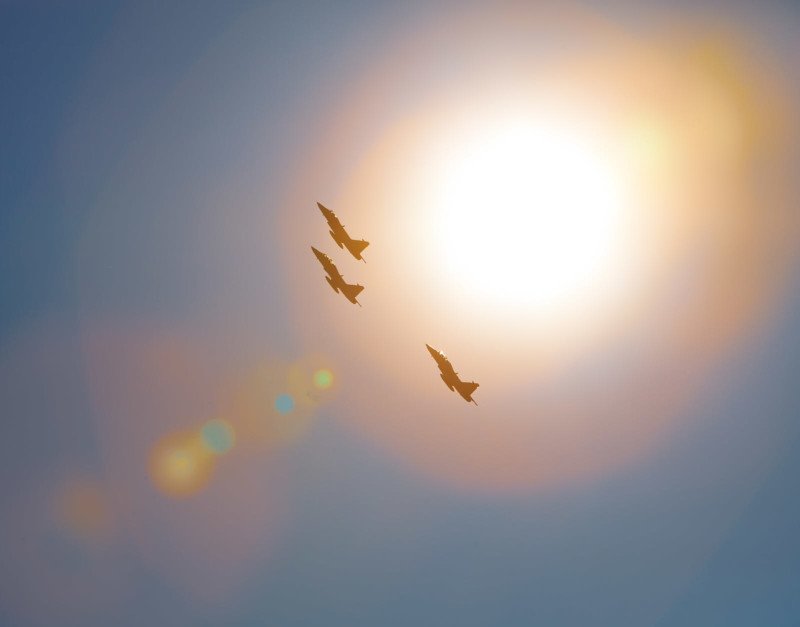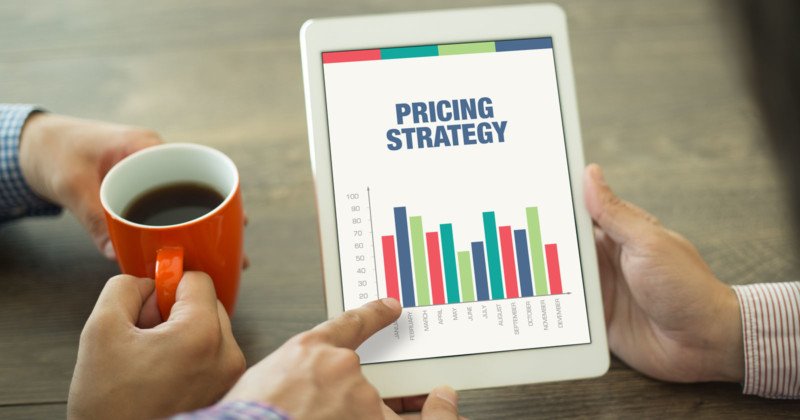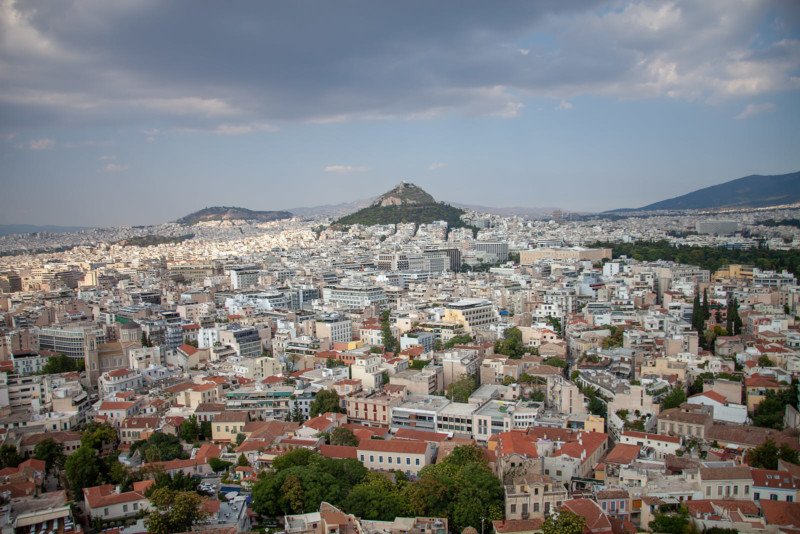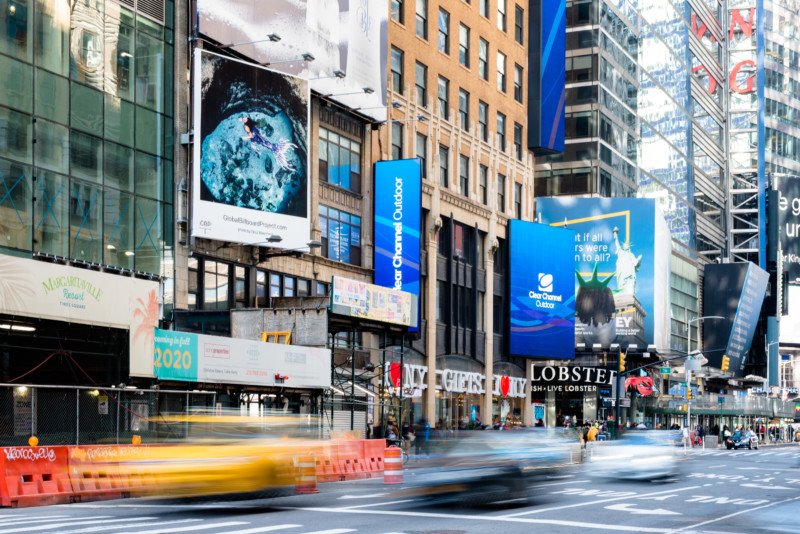

A big question every beginning commercial photographer asks themselves is how they should price their work. There is always a wide range of price points in all genres of photography, and they all depend on your level of work. But there is one truth that may apply to most photographers: you can’t apply a simple pricing strategy to your work.
Many photographers tend to be confused about pricing their imagery. It is hard to get right, as you neither want to overcharge nor undercharge. If you overcharge, you may be seen as someone too greedy or proud. If you undercharge, clients will think that you are just starting out, unskilled, and have a hard time attracting clients at a more reasonable price point.
Some of the information on the Internet tries to make the fine art of pricing into something that is easy to do. A commonly suggested approach for photographers is to do it the good ol’ business way. Let’s dive into what that means and why that may not be the best way to price your own services.

A Basic Pricing Strategy
You may have heard that pricing your work could be based on a simple formula that dictates that you should be able to cover your costs and make a profit on top:
Money In (Earnings) is what your business is to generate per year. It is critical to make sure that your earnings are higher than your business and personal expenses (if you are a one-person business).
Profit is what you want to actually pocket each year. As a business owner, your goal should be maximizing profits.
Money Out will be your expenses and taxes.
The expenses of your business are the costs of running your business. This could include rent, travel, insurance, marketing, equipment, repairs, membership fees, test shoots, etc. Bear in mind photographers will widely differ in what their expenses are. It is always a good idea to keep detailed track of all expenses that your business has, and this can be done with accounting software.
Taxes are self-explanatory. You’ll need to pay your government what it is due.
Let’s look at one more formula:
The Total Revenue Needed is the amount of money you need to make per period of time (usually a fiscal year).
Why Does This Not Work?
Now that you’ve calculated the total revenue needed, you may be tempted to divide that by the number of days you want to work a year and figure out a day rate from there. Unfortunately, that often isn’t the best way to figure out your prices.
Commercial photographers, for example, depending on their level, don’t tend to have 40+ jobs a year. Oftentimes there may be a smaller number (even 3 or 4) of big jobs a year that cover a large percentage of the total revenue needed. The rest are small jobs that may even be below what you believe you should charge a day.
In essence, the simple pricing strategy can fall apart when you apply it to the real market world.

So, What Does Work?
There are a lot of ways you can charge for your photography: day rate, per job, hourly, per image, etc. I strongly suggest that every commercial photographer starts with:
This is a common way commercial photographers charge, hence it is a good idea to not confuse anyone with a different method. Let me explain what your day rate should be, and what usage you should charge.
Day Rate
Your day rate is to cover the basic cost of the shoot — it is not how you make your money. It is just the money that is paid to have you on set for a shooting day. Depending on your market, the day rate will change. For example, a photographer in Hungary is likely to charge less than in the UK.

There are several day rate points for markets such as the USA. Bear in mind these figures are only based on my experience — your market can be different from mine and hence have different prices.
$50-100. This is the day rate that you may charge at the very start of your career. You are likely to not have a lot of experience and gear. At this point, clients don’t pay usage because they don’t know what it is or have no budget for it.
$500. You’re no longer in a camera club. You are likely to have solid technical knowledge and do not need to ask your peers for advice because the info you need is hard to find out on the Internet. This is the point where you think that you’ve ingested the Internet but still are missing something that separates you from the better photographers. At this point, clients still don’t pay usage fees because there is no budget for this.
$1,200. More successful commercial photographers have told me that not a great deal more is required to go from $500 to $1,200 not a great deal more is required. I’m personally not there yet, but I’ve been told that at this point you need to have a niche and stop being a jack of all trades. When you’re charging this much, you will generally work with an agent who will negotiate on your behalf. However, don’t think you need to charge $1,200 to get an agent — you can get an agent at most points in your career. Just like clients, some agents work with different levels of photographers.
$2,000. Bigger clients and bigger budgets. You’ve probably been in the industry for at least 10 years.
$10,000. You are working on global campaigns for some of the biggest clients in various industries.
Anything above $10,000. You’re probably Annie Leibovitz or someone of her caliber and worldwide fame.
Usage and License
If you have experience in commercial photography, you may be aware that photographers often charge usage on top of their daily rate. Licensing is how you will make your money, not through your day rate. 99% of the time, the usage fees are higher than the day rate.
Usage fees are calculated based on the scale of the campaign. The reason photographers started charging usage in the first place is that clients don’t want to pay the same amount for a local print and global billboard campaign. The scale is vastly different, hence it is only fair to charge less for a small local print campaign as opposed to a global billboard.

Figuring out how much usage to charge is often simple. The AOP (Association of Photographers) has a useful calculator tool that determines the approximate amount you should charge. While it does take a formulaic approach to pricing, I can guarantee you that no one will pay exactly what the AOP will suggest. Often usage fees are where negotiation happens.
With usage being a lot larger than the day rate, you will likely find that clients won’t touch the day rate but will do everything they can to drive usage down. This is because the AOP sets arbitrary guidelines that no one should adhere to.
Your price will be a combination of your day rate and usage. Again, you should price what the market can bear, not what you want. Often what you want will be more than what the market can bear, therefore it is a good idea to keep an open mind when it comes to negotiation. And it’s not a bad idea to get an agent who will do that for you.
Parting Thoughts
As you can see, pricing imagery isn’t a science, it is an art. You are unlikely to go anywhere thinking you can apply a simple ol’ formula. You will likely overcharge on small jobs and undercharge significantly on big ones if you only charge a calculated per-day rate.
Your day rate also won’t be determined solely by your expenses. You should find out what photographers in your niche and region charge and compare yourself against them. This can be done by seeing if you work for similar clients or shoot images of the same quality. Determine your day rate by what others charge and adjust your expenses to that.

